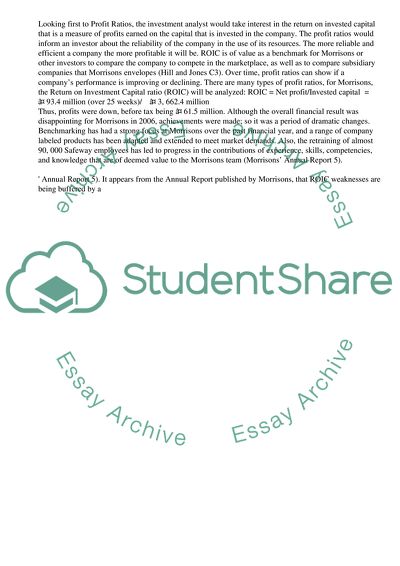Cite this document
(“International Standards for Financial Reporting Case Study”, n.d.)
Retrieved from https://studentshare.org/management/1522359-internationa-standards-for-financial-reporting
Retrieved from https://studentshare.org/management/1522359-internationa-standards-for-financial-reporting
(International Standards for Financial Reporting Case Study)
https://studentshare.org/management/1522359-internationa-standards-for-financial-reporting.
https://studentshare.org/management/1522359-internationa-standards-for-financial-reporting.
“International Standards for Financial Reporting Case Study”, n.d. https://studentshare.org/management/1522359-internationa-standards-for-financial-reporting.


